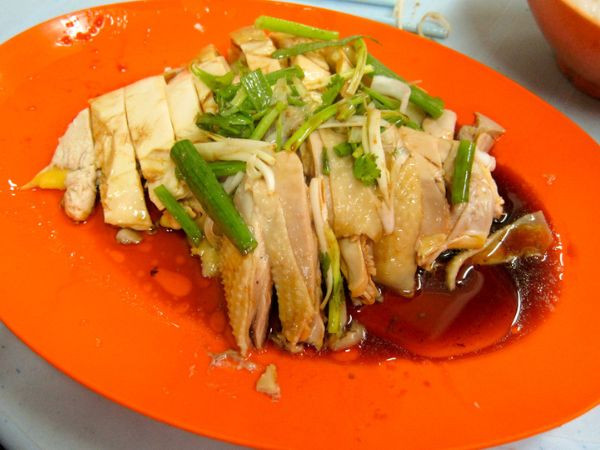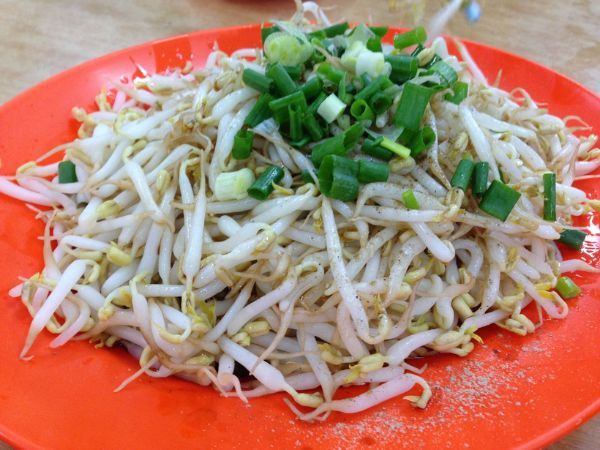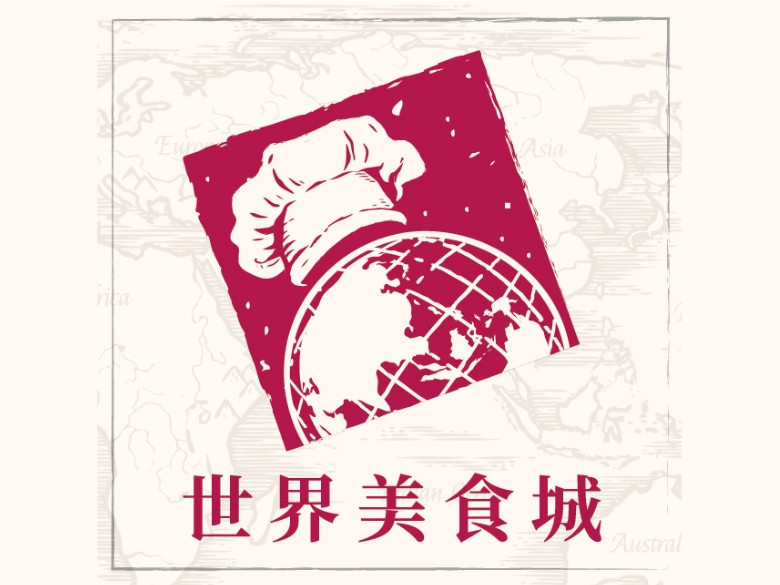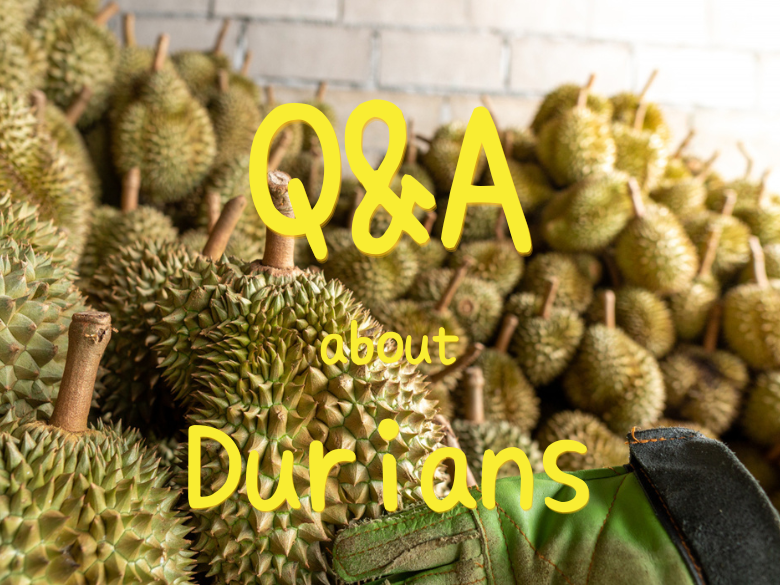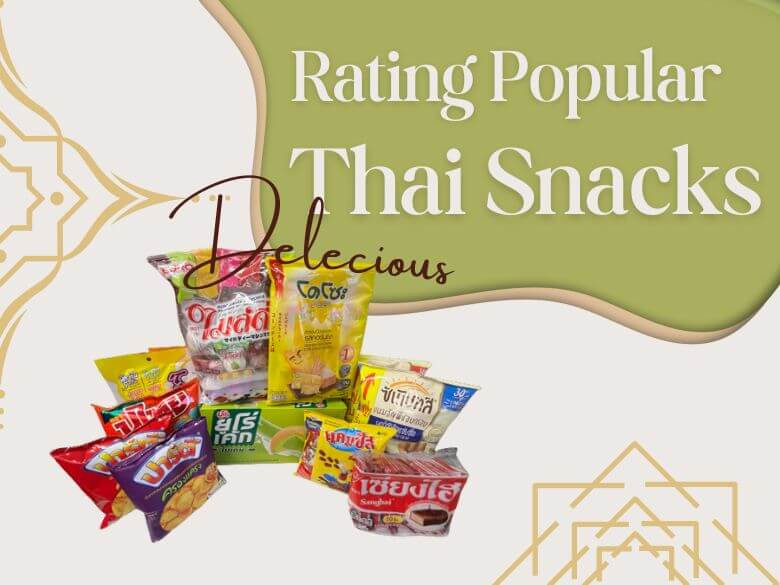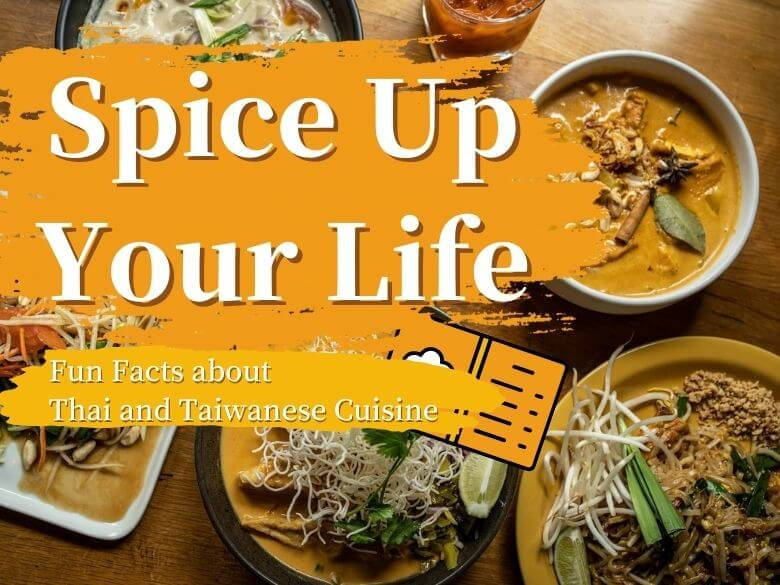From Nasi Lemak to Bubble Tea: On Food Ordering in Malaysia
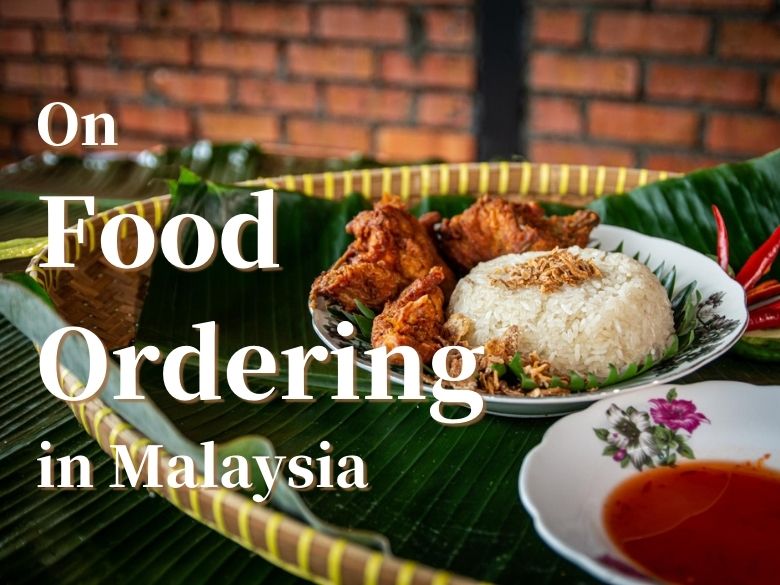
Malaysia is not only a populous Islamic country in Southeast Asia, but also an internationally renowned immigration country. Malays, Chinese, and Indians live together in one country, creating a unique cultural landscape, which is also greatly reflected in ordering food.
Can you order food by speaking Chinese in Malaysia? What's the deal with the interesting yet confusing menus in traditional coffee shops (kopitiam)? This time, we invite Zachary, who has lived in Taiwan for many years, to share Malaysian food culture with us.
Q1: Where do Malaysian people eat?
Zachary: Starting as early as 6 am, there are food vendors and stalls located on the two sides of the streets in Malaysia. We would go to the "pasar pagi" (morning market), which can be understood as a daytime version of the night market, opening in the morning and closing at noon, to buy breakfast. They sell various foods, including fried glass noodles, fried noodles, fried rice, white carrot cake, fried you char kway (fried flour dough), soy milk, and more. In addition, there are also more Western-style breakfast options, such as sandwiches and hamburgers, with simple flavors like toast with mayonnaise or jam. As for Malay cuisine, there are pisang goreng (fried bananas), nasi lemak (coconut rice), and mie goreng (Malay-style fried noodles), which are also quite common.
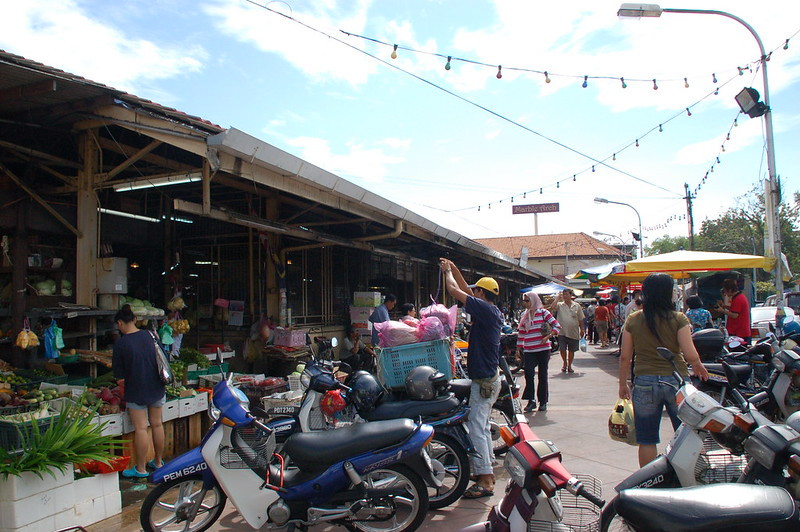
(Image source: flickr)
If we want to dine somewhere, we will go to a kopitiam (coffee shop) or hawker center, where we can find heavily flavored dishes such as Hokkien mee (prawn soup noodles), lomie (noodles on thick broth soup), and laksa noodles. Personally, I think that lo mai gai (glutinous rice chicken), coddled eggs, toasted bread, and kopi-o (black coffee) are all options for standard Malaysian breakfasts!
Although a hawker center is similar to a food court, it is not only located in department stores as a corner full of food. There are even entire buildings simply for hawker centers, which is quite cool. Hawker center as a building offers a large space with seating areas in the middle, and there are 50 to 60 vendors for you to choose from. After ordering, they will give you a tabletop sign. After you find a seat, the vendor will bring the food to you based on the sign, and you pay after the meal is served. A kopitiam is a single public space with multiple stalls to choose from. Even though kopitiam can be understood as “coffee shop”, it’s nothing like cafes in Taiwan. The hawker center is larger in scale and has a whole pavilion with many shops to choose from. Singapore also has this kind of hawker center.
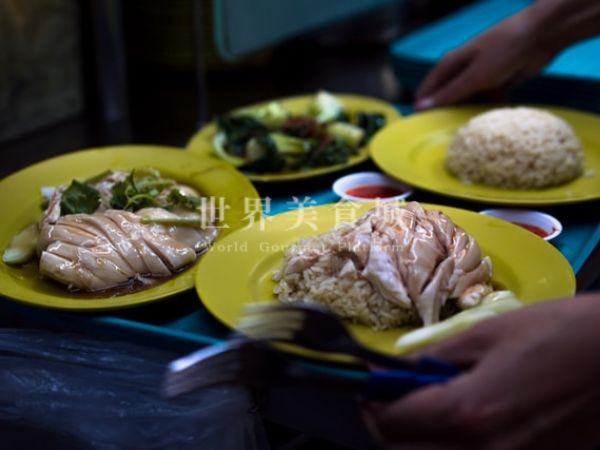
We also have meal options similar to Taiwan's takeout meals. In my hometown in Southern Malaysia, a takeout meal is called ‘mixed rice,’ while in central Malaysia, it's called 'economic rice.' Mixed rice is similar to Taiwan's self-serve buffets, but instead of fixed options for rice and meat with optional three side dishes, we usually choose whatever we want and have the restaurant owner calculate the price. In addition to rice, the staple food can also be fried glass noodles or fried noodles.
Lastly, we can eat at "mamak dang(嬤嬤檔)", which is different from the Chinese-owned kopitiams. Mamak stalls are operated by Indian Muslims, usually as a single stall, and of course, mamak stalls at each place have their own characteristics. However, we usually don't go to mamak stalls for breakfast, but rather at ten or eleven o'clock at night when we want to eat supper.
What surprised me after coming to Taiwan is probably the open hours. In Taiwan, stores temporarily close in the afternoon, whereas there is no such thing in Malaysia. There is always something to eat from morning until night, 24 hours a day.
Q2: How do customers and vendors call each other?
Zachary: The biggest feature of Malaysia is that we could use up to four languages when we speak with a lot of particles. Some of us even use all four languages just to order food from a mamak stall.
|Note
As a multi-ethnic country, Malaysian people use various languages in daily life, including Malay, Chinese, Tamil (a language from Southern India), and English. Among them, Chinese could refer to Mandarin or dialects (the most common ones are Hokkien, Cantonese, and Hakka,) depending on the ancestry of the speakers. After a long period of ethnic integration, Malaysia has developed a culture of mixing languages in speech.
Usually when someone helps us order food, we call them "boss," and they will also call us "boss." It's quite interesting, as everyone is the boss! In addition, we also use "bro" and "abang," both of which mean "brother." In some mamak stalls, vendors will be called "ane," which is similar to the concept of "little brother".
I mostly order food in Malay, including when I order food from mamak stalls. But most vendors also understand other dialects.
At the same time, I also observe who is doing the business. If the shop owner is Chinese, I will speak in Chinese, for example, "Boss, one cup of corn juice! (老板,玉米水一杯!)" If the other person is Malay, of course, I will speak in Malay, for example, "Abang, nasi goreng satu. (Bro, a plate of fried rice.)" In short, I decide the language to speak depending on who I'm talking to.
Q3: Beside the food itself, what are the differences between Taiwanese and Malaysian cuisine?
Zachary: The most notable example is that we wrap our food in banana leaves. When wrapped in leaves, the flavor of the food would be different, and the wrapped meal would then be covered with newspaper or oil paper as the outer layer. When I studied middle school in my country, there were traditional vendors near the school who would wrap nasi lemak into a triangular shape. Since there’s a spoon attached to it, we can open the top to eat it.
When it comes to seasoning, we usually match pickled green peppers with noodle soup and dry noodles.
Finally, the Hainanese chicken rice I had in Taiwan was mostly served with white rice, but in our country, we use oily rice. It's not the same kind of glutinous rice used in the baby's first month celebration, but rather rice stir-fried with spices and chicken oil.
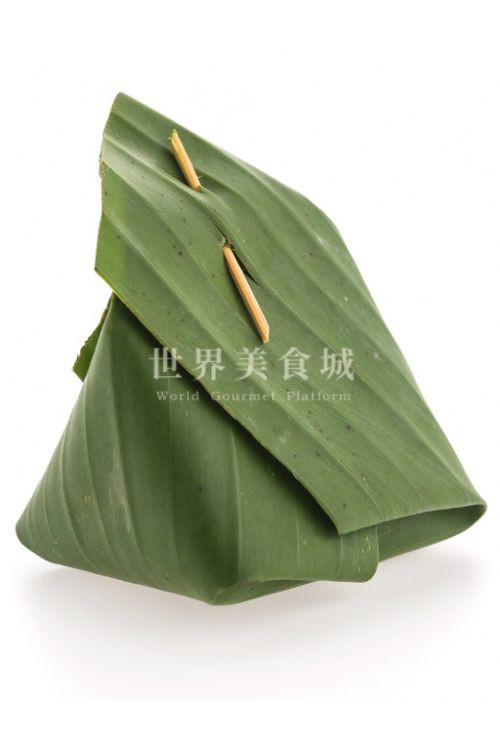
Q4: What are the tips for ordering drinks in Malaysia?
Zachary: The most common drinks served in kopitiams include kopi ‘O’, kopi ‘C’, kopi kosong, and more. Basically, any tea or coffee can be made kosong, ‘O’, ‘C’, or gao. Kosong means the drink is free of sugar and condensed milk; drinks with ‘O’ are added by sugar but free of condensed milk; drinks with ‘C’ are added by condensed milk but free of sugar; drinks with “gao” means drinks are served with more sugar and condensed milk. Speaking of which, tea can be combined with coffee, which is called “cham.”
Tea can also be made into teh ‘O’, teh ‘C’, and so on, but the teh (tea) we drink, although often referred to as “black tea,” is actually not. Teh is also reddish in color, but its taste is not like the black tea we know. Perhaps it is of a different variety and lower quality.
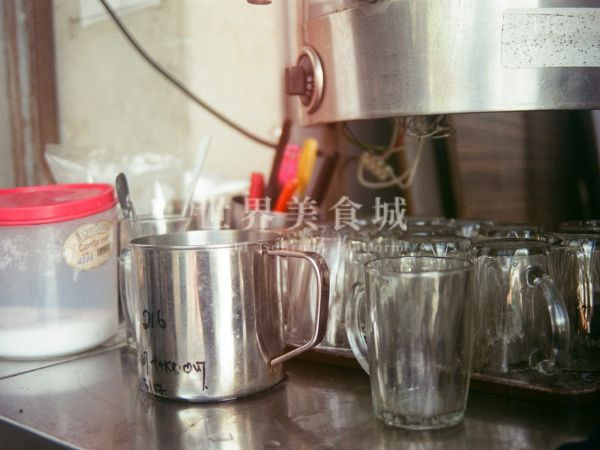
In terms of ingredients, vendors will make whatever you want for you. Personally, I really like mixing soy milk with herbal jelly, it's quite tasty. However, there aren't ingredients like taro balls or konjac as in Taiwan.
Although Malaysia has bubble tea shops, they originally didn't have many ingredients. The level of sweetness and amount of ice couldn't be adjusted. It wasn't until my last trip back home that I discovered they offered more options to add, such as cheese foam, coconut jelly, and tapioca pearls. It's probably because they're imitating Taiwan's bubble tea shops.
Extra: The unsung hidden gems
Zachary: Everyone knows about Hainanese chicken rice, but besides that, there is another chicken dish in Malaysia that I really like, called "Bean Sprouts Chicken". The bean sprouts and chicken are served separately. Because the water quality there is very good, the food tastes especially pure, and the bean sprouts are also very plump and crispy. Bean sprouts chicken is an authentic dish in Ipoh. Taiwan doesn't have it.

